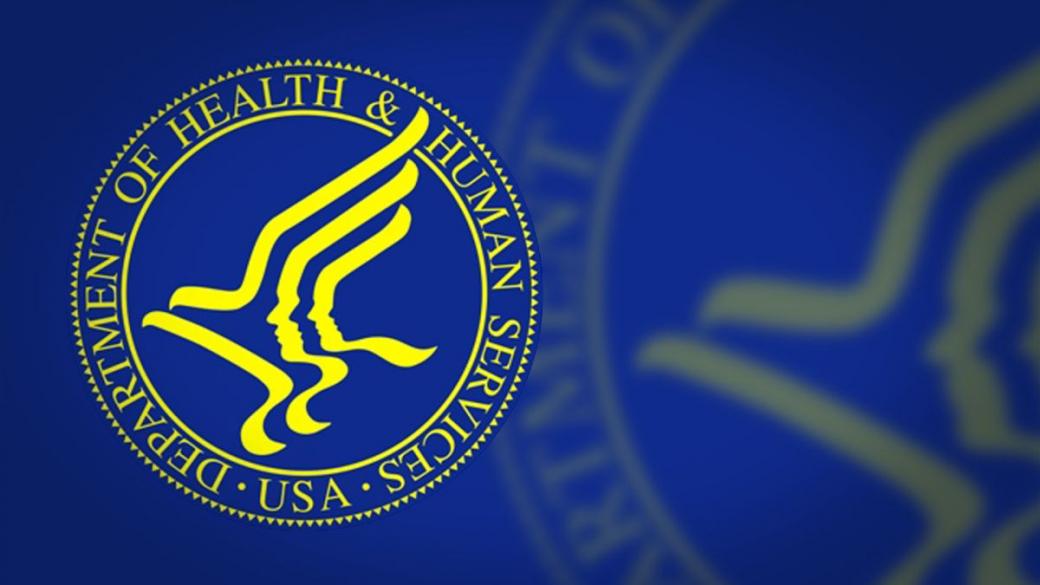News
Article
HHS reorganizes technology chiefs as health care data, cybersecurity, AI move beyond ‘cellulose, bricks, and mortar’
Author(s):
‘HHS must be agile, accountable, and strategic to meet the needs of this moment,’ Secretary Becerra says.
© U.S. Department of Health and Human Services

Technology leaders will reorganize under the U.S. Department of Health and Human Services (HHS).
The administrative changes “will streamline and bolster technology, cybersecurity, data and artificial intelligence (AI) strategy and policy functions,” according to HHS’ official announcement.
“Cybersecurity, data, and artificial intelligence are some of the most pressing issues facing the health care space today. As a department, HHS must be agile, accountable, and strategic to meet the needs of this moment,” HHS Secretary Xavier Becerra said in the news release.
“For decades, HHS has worked across the organization to ensure appropriate and safe use of technology, data, and AI to advance the health and well-being of the American people,” Becerra said. “This reorganization builds on that success and prepares the Department for the challenges that lie ahead.”
HHS announced this plan to reorganize:
- The Office of the National Coordinator for Health Information Technology (ONC) will keep that title, with preface Assistant Secretary for Technology Policy (ASTP/ONC). National Coordinator for Health Information Technology Micky Tripathi will become assistant secretary for technology policy and remain the national coordinator. He also will serve as acting chief AI officer, as HHS complies with President Joe Biden’s Executive Order on Safe, Secure, and Trustworthy AI.
- The Assistant Secretary for Administration (ASA) will send oversight of technology, data, and AI policy and strategy to ASTP/ONC.
- ASTP/ONC will oversee the department-wide roles of chief technology officer who will oversee department-level and cross-agency technology, data, and AI strategy and policy. The chief technology officer will oversee the chief data officer, chief AI officer, and a new Office of Digital Services.
- ASTP/ONC also will oversee and office of policy, and office of standards, certification and analysis, and an office of the chief operating officer.
- The 405(d) Program, public-private effort to bolster health care cybersecurity, will move from ASA to the Office of Critical Infrastructure Protection in the Administration for Strategic Preparedness and Response. This will advance HHS’ “one-stop-shop approach” to cybersecurity for health care, according to plans.
HHS published a draft notice of reorganization in the Federal Register; it is scheduled to be published July 29.
ONC celebrated its 20th anniversary in April, Tripathi said in the Health IT Buzz blog published at healthit.gov.
“With the dust now largely settled on basic adoption of EHR technologies in hospitals and physician offices and much (though certainly not all) of the rest of the care continuum, our industry is now able to look forward as digital natives to reimagine processes inherited from a paper-based world and conceive new possibilities unconstrained by cellulose, bricks, and mortar,” Tripathi wrote.
He noted recent developments in health care information technology and sharing, such as the Trusted Exchange Framework and Common Agreement becoming operational in December last year. On July 1, that network opened to support the FHIR API exchange, “fulfilling a 20-year goal of having a nationwide network-of-networks based on trust through public-private collaboration, strong participatory governance, common rules of the road, and modern technology standards,” Tripathi said. The API, an application programming interface, allows computer networks to exchange information toward “a full interoperability solution for health care,” according to ONC.





